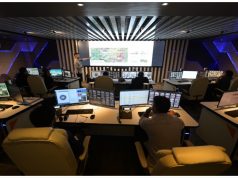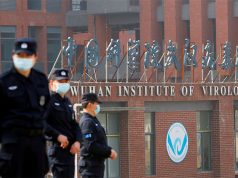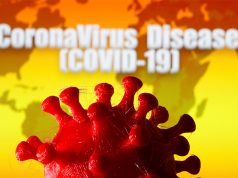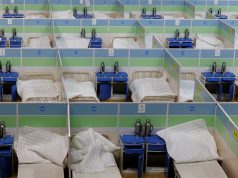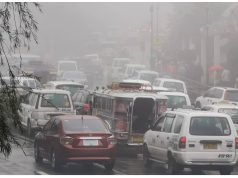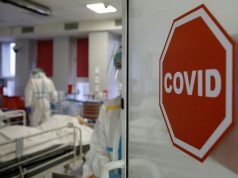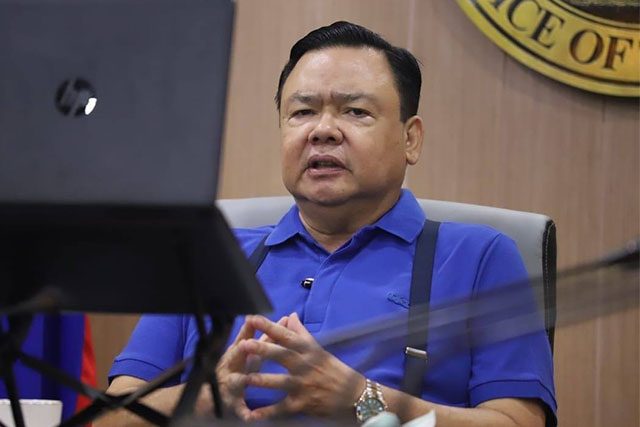
Iloilo City Mayor Jerry Treñas dismissed the idea of using neighborhood rumormongers or “tsismosas” in contact tracing efforts of local government units as earlier suggested by Central Visayas police director Brig. Gen. Albert Ferro.
Iloilo-based publishing firm and media outfit Daily Guardian reported that the city chief described the suggestion as “out of this world” and called for serious solutions as the nation battles the COVID-19 pandemic.
“I find it difficult to understand how some people come up with ridiculous ideas, para sa akon (akin) out of this world,” Treñas said in a press conference on Monday, as quoted in the local report.
He added that the city government will intensify its contact tracing efforts by training more people specifically for the initiative.
Treñas recently expressed his intent to use a contract tracing application locally developed by ARKITEK, an Iloilo-based startup software company.
The app, QVID, was described as a “contact tracing system for LGUs (local government units) with the use of QR codes.” It was created to identify persons who had close contact with a COVID-19 positive patient.
Treñas said that the app can generate a QR code per individual which will be presented before entering a certain area or establishment.
His initiative was welcomed by some Filipinos who praised the development amid reports of supposedly hiring rumormongers to contact trace people.
“So instead of using chismis, Iloilo City will use a mobile app to help in contact tracing. Yeah, Iloilo has been dubbed as the Wakanda of the Philippines,” a Twitter user said with a smiling sunglass emoji.
“Kaya naman pala eh,” wrote another online user with a smiling emoji as well.
Iloilo has been dubbed by some social media users as the “Wakanda of the Philippines” due to the proactive initiatives of the LGU in responding to the pandemic.
The city in the first months of the public health crisis had stocked up on COVID-19 test kits from South Korea, as well as purchased the locally-developed kits by Filipino scientists.
It also built its own COVID-19 testing facility and immediately penned an ordinance penalizing discrimination against frontliners.
In terms of handling quarantine violators, Iloilo resorted to educating.
Frontliners were also given free meals by the city government while the locals had free rations of “pandesal” or Filipino bread rolls.
What’s the tsismis about?
Last week, Ferro reportedly quipped that gossipmongers should be tapped for contact tracing efforts in LGUs as he mentioned that the initiative is a community-wide effort that needs the cooperation of the public.
“I heard a story last night about this ‘tsismosa brigade.’ They could be a good source of (information). I think it was in Bulacan. It was said the help of these ‘tsismosas’ is being sought for contact tracing,” he was quoted as saying on a July 21 report.
A town in Nueva Vizcaya reportedly relied on locals “known to keep an eye on the neighbors” to monitor new arrivals and place them in quarantine for possible COVID-19 symptoms. The reports underwent verification as helmed by a community doctor.
Meanwhile, Ferro’s suggestion was not welcomed by some Filipinos who feared that the confidential and credible nature of information on COVID-19 cases might be compromised.
RELATED: Tsismosa as contact tracers? What it takes to become one, according to contact tracing czar
Baguio City Mayor Benjamin Magalong, the appointed contact tracing czar, said that contact tracers needed to have investigative skills to be able to successfully determine the probable and suspect cases.
“Kailangan po natin malaman iyong buong kuwento dahil marami po tayong hinahabol dito – paano na-infect itong tao na ito? Saan galing iyong infection? Ang dami po nating dapat alamin and that is the reason why I keep on saying that contact tracing is very similar po sa pag-iimbestiga po ng isang serial criminal offense,” he said.
“Hindi ho basta-bastang puwede na lang kumuha ng mga ordinary na workers diyan at turuan na lang po diyan because they need to be trained po sa cognitive interviewing skills, pati ho iyong mga basic investigation,” Magalong added.
He mentioned that contact tracers must be able to help the person recall all the details as much as possible to be able to determine who he went into contact with and how the area can be disinfected moving forward.




